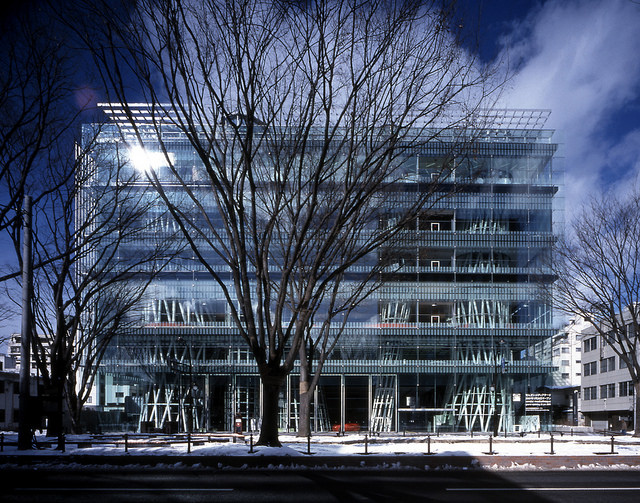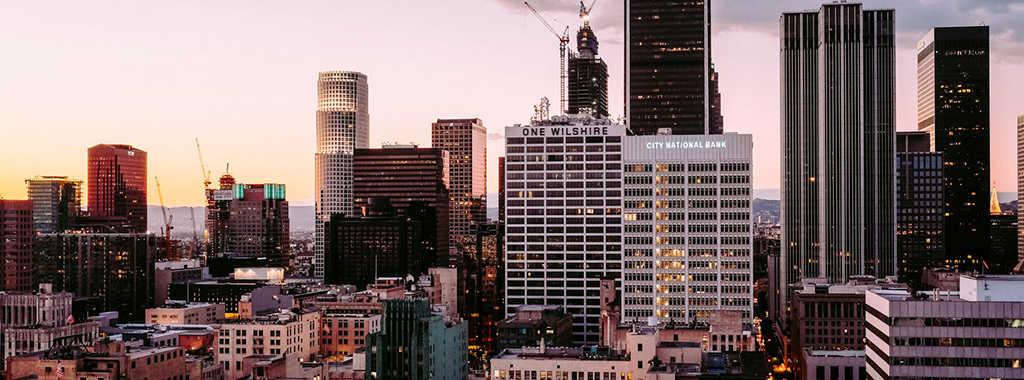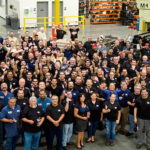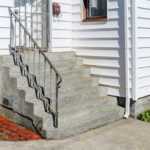There’s been a lot of discussion recently about resilient buildings and resilient communities, including what it means to be resilient, why it’s important, whether it’s possible within budget constraints, and how it can be achieved. The 100 Resilient Cities Rockefeller Foundation initiativedefines “urban resilience” as “the capacity of individuals, communities, institutions, businesses and systems within a city to survive, adapt and grow no matter what kinds of chronic stresses and acute shocks they experience.”
The discussions have noted that communities are made up of several components — such as buildings, infrastructure, water, power and communication — that all need to be considered when developing a plan for resilience. Even though community resilience is multifaceted, the resiliency of buildings is a crucial component because research shows that Americans spend 90% of their day inside buildings.
Why are resilient buildings and communities important? In developed countries, there is minimal loss of life in events like earthquakes, as compared to what we see in developing countries. To give some perspective, a recent USGS analysisfound that, if 10,000 people were subjected to violent shaking comparable to that of the 2016 6.2 magnitude Italian quake, 3,000, 150, and 3 of those people could be expected to die in Iran, Italy and California, respectively.

Is life safety all that we need for community resilience, though? Even with the best safety outcomes, earthquakes can still bring communities to their knees by the closure and required demolition of huge numbers of buildings. In Christchurch, New Zealand, a city of 370,000 in 2011, at least 627 commercial buildings required total demolition, in addition to the partial demolition of many others. It’s taking years to recover, leaving many people without homes or businesses.
Thankfully, there’s been a lot of technological development recently to support the design of resilient buildings and resilient communities — moving beyond safety alone toward designing buildings and communities that can remain functional following disasters.
Recent years have seen several new resources, tools and mandates that increase community resilience. From the community-level perspective, the National Institute of Standards and Technology (NIST) recently developed a community resilience planning guide to help communities understand the various aspects of resilience and guide them in developing a strategy to achieve it. For treating existing buildings, some cities, such as San Francisco, Los Angeles and Santa Monica, have passedretrofit ordinances for buildings that are structurally vulnerable to collapse in an earthquake. For new buildings, there have been recent deliberations either requiring resilience in the building code or stimulating market demand for resilience through a building rating system, such as that provided by the US Resiliency Council. A building rating system would apprise consumers (owners, tenants, community leaders) of their building’s performance so they can make informed decisions, not unlike how car-crash test ratings work for auto buyers.
To support resilient design in new buildings, there are new analysis methods, such as FEMA P-58, and supporting software such as the SP3 software. In addition, some communities have implemented a back-to-business program where building owners engage engineers in preparation for natural disaster, to ensure that they’re familiar with the building and are deputized after the event to red-, yellow- or green-tag a building, thus reducing the time for that building to become operational once again and decreasing overall community recovery time.
The question remains — is safety enough?Many argue that safety is not enough, and that there’s no need for communities to lose basic functioning for months or even years after a natural disaster. The good news is that we now have the ability to better pursue building and community resilience, thus allowing communities stricken with disaster to recover much more quickly.






